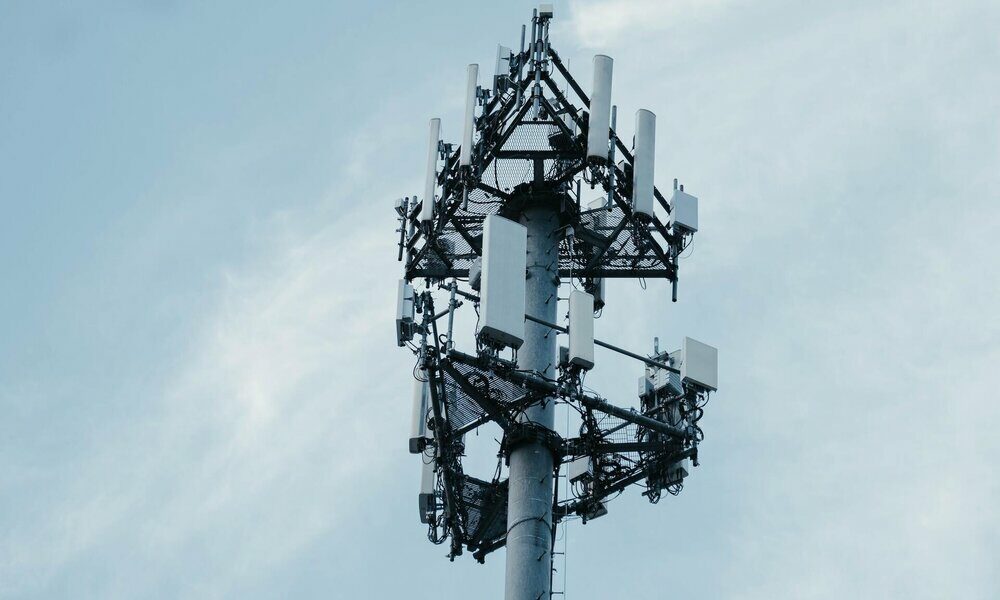
Samsung Electronics closed 2022 with an increase in its year-on-year net profit of 39.5%, reaching 55.65 trillion won, which translates into about 41,634 million euros. The operating profit it fell by 16% year-on-year to 32,447 million euros, although its sales turnover experienced growth of 8.1% compared to the data from the previous year, now registering 226,109 million euros.
The South Korean company’s chip business experienced a drop of more than 90% during the fourth quarter, a decrease of 96.9% if we compare it with the data from just one year ago. Thus, and although he registered more than €202 million in operating profit, it is its lowest quarterly data since 2014.
This situation is the result of the sharp drop in purchases of semiconductors and excess supply, which has lowered the prices of memory chips and the profits in the division to be in the 220 million dollars. This adds to the weak demand for smartphones the company garnered during the fourth quarter as it has placed particular emphasis on the recent launch of the new Galaxy S23.
This semiconductor crisis is affecting other brands in the sector such as SK Hynix either Micron Technology. Widespread operating losses are expected for semiconductor makers of 5,000 million dollars during 2023 due to lack of inventory. Although in 2022 production tripled reaching the highest historical figures, they are still dragging the deficit of previous years due to the pandemic. The sale of mobile devices and computers has decreased considerably today as a result of inflation, the rise in rates and the war in Ukraine.
Looking ahead to this first quarter of 2023, Samsung plans for its semiconductor business to focus on the demand for high-end productssuch as DDR5, LPDDR5x and 200 megapixel (MP) image sensors, despite the sharp decline in global IT demand.
The data from the last report
Samsung’s quarterly results, in terms of net benefits, show an increase of 12% year-on-year, which means reaching 23.84 trillion won. However, its operating profit falls by 70% compared to 2021 to 3,200 million euros. For his part, he gross operating profit (EBITDA) during 2022 it was 35,000 million euros (12.95%), while the previous year it registered 3,800 million euros (57.4% less).
The sales for the South Korean company, which continues to lead the world market for memory chips and smartphones, they were just over 52,000 million euros during the last quarter, generating the mobile phone branch 20,151 million euros in sales and 1,270 million euros in operating profit.
As we have said, the economic slowdown has reported a decline in the profits of the memory businesssomething that is also appreciated in the System LSI business, as sales of key products were affected by inventory adjustments in the industry.
For his part, he foundry business posted a new quarterly revenue record by increasing its profits progressively due to the expansion of the capacity of the advanced nodes and the diversification of the client base. On the other hand, Samsung Display Corporation posted a decline in earnings for the custom mobile panel business as demand for smartphones declined, while the large-panel business pared losses on rising sales of QD-OLED for TVs.
As to Mobile eXperience (MX) Business, declined amid weak demand in the mid-range to low-end segments, while Networks Business posted revenue growth driven by domestic demand for 5G installations and expansion in overseas business. Similarly, Visual DisplayBusiness registered higher revenues due to the increase in the sale of Premium products.
The US dollar has been consolidating against the Korean won (KRW), which has reported in the company a KRW 0.5 trillion positive impact on operating profit compared to the previous quarter. In addition, the recent change in Korean tax law caused a decrease in the company’s corporate tax during the fourth quarter.
Samsung plans to consolidate its leadership in the Premium smartphone segment this year with the launch of the Galaxy S23, while Networks Business will focus on domestic and foreign businesses, including in North America.
The company expects that macroeconomic uncertainties will persist in 2023, although it expects demand to begin to recover from the second half of the year. Thus, the semiconductor business will continue to strengthen its leadership in the market and technologyalso expanding the contribution of nodes and advanced products.



